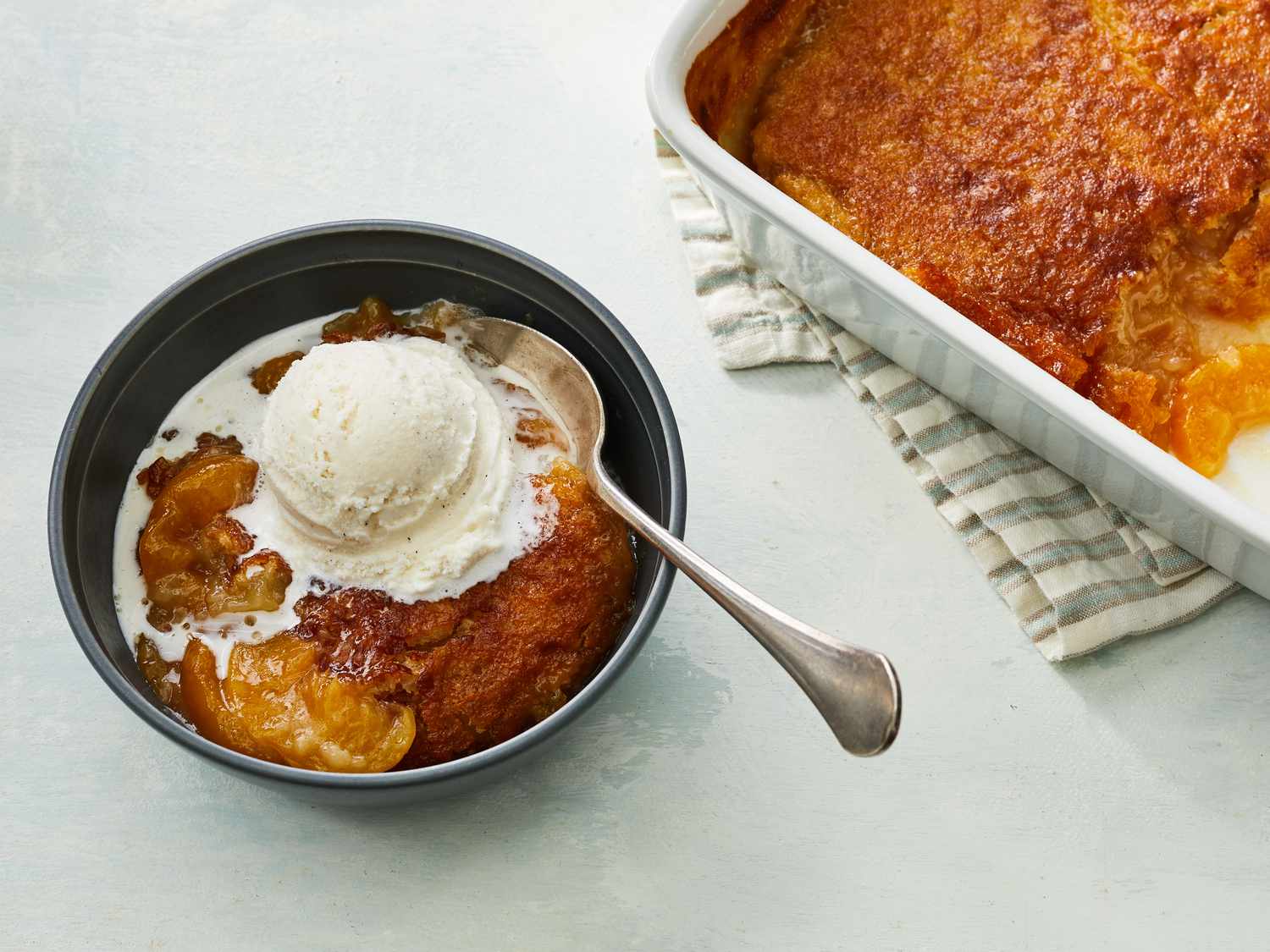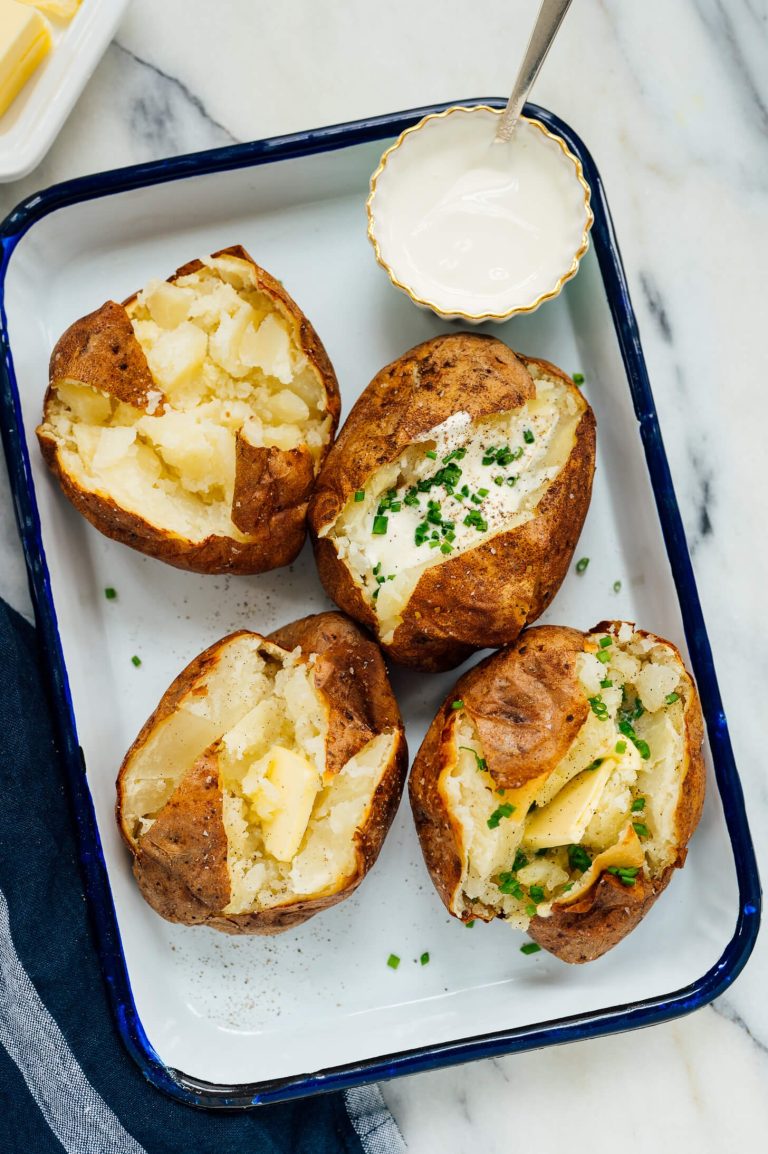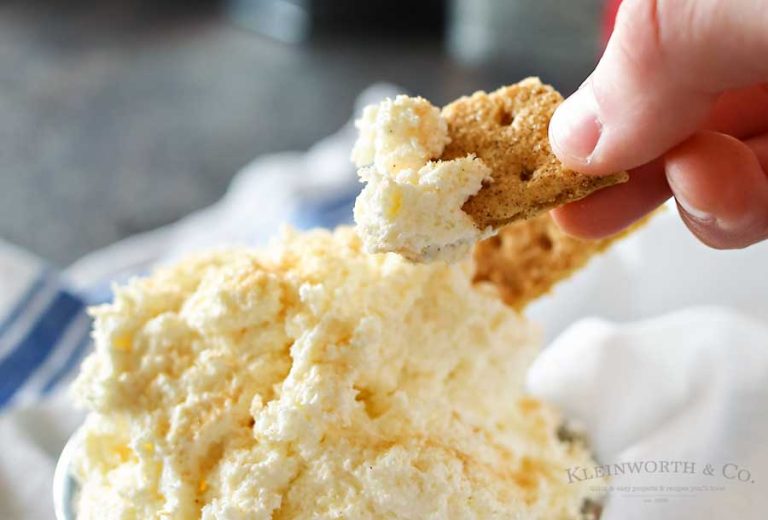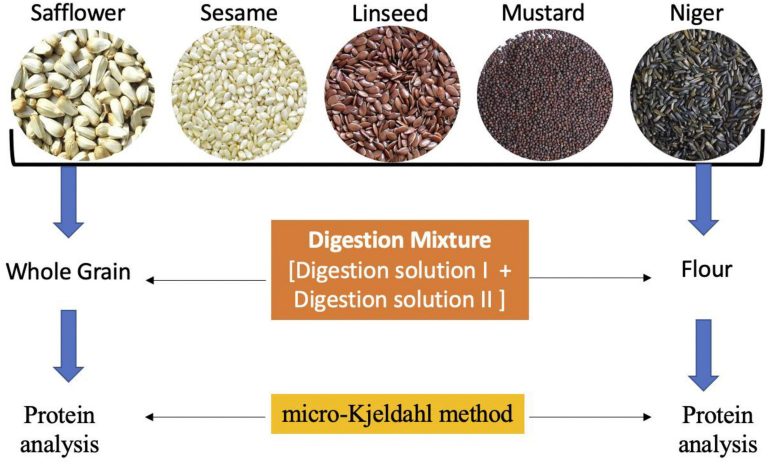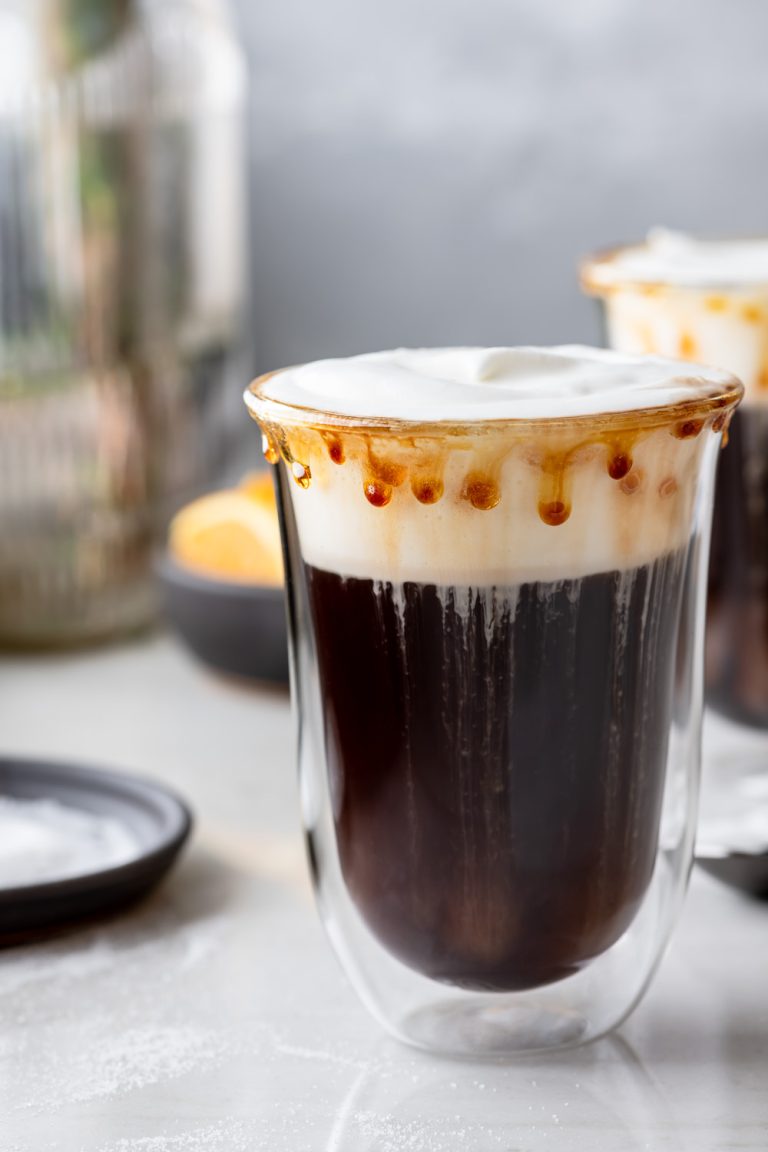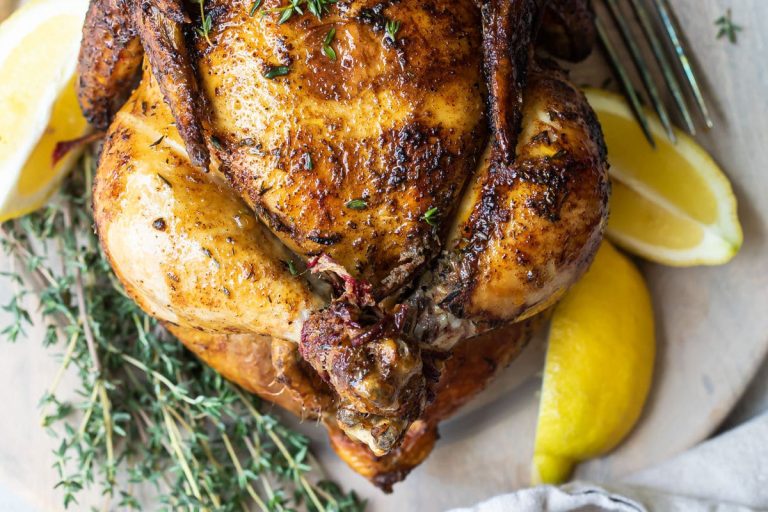Fresh Fruit Cobbler: History, Recipe Tips, and Serving Suggestions
Fresh fruit cobblers date back to the early British American colonies. Settlers created this dessert using available ingredients, combining fruits with a thick batter or biscuit topping. These dishes were cooked over open fires. The term “cobbler” likely comes from the resemblance of the topping to a cobbled street. Over time, variations emerged to suit regional tastes and fruit availability, making cobblers a versatile and enduring dessert.
Differentiating Cobbler from Crumble and Pie
Cobblers, crumbles, and pies all feature fruit fillings but differ significantly in preparation. Cobbler toppings consist of biscuit-like dough or batter, creating a dense, cakey texture. Crumbles use a streusel topping made of flour, butter, and sugar, resulting in a crumbly texture. Pies utilize a pastry crust encasing the fruit filling, giving a crisp and flaky contrast. Each dessert offers a unique texture and flavor profile, setting them apart in the realm of fruit-filled treats.
Choosing the Right Fruits
Seasonal Options for Best Flavor
Select fruits that are in season to enhance flavor and texture in your cobbler. For instance, summer fruits like peaches, berries, and cherries are prime choices, delivering peak sweetness and juiciness. During fall, apples and pears stand out, adding a hint of warmth and spice. Winter brings citrus fruits and pomegranates, providing a refreshing contrast to heavier holiday treats. Picking seasonal fruits not only supports local agriculture but also ensures that your cobbler tastes its absolute best.
Combining Fruits for Balance and Taste
Mixing different fruits can create a harmonious balance of flavors and textures in your cobbler. Pair tart fruits like rhubarb or blackberries with sweeter ones like strawberries or peaches to achieve a pleasant sweetness. Consider combining apples with cranberries for a fall-themed cobbler, bringing both tartness and sweetness. Texturally, mix firmer fruits like apples with softer ones like raspberries to create a more interesting mouthfeel. This thoughtful combination elevates the cobbler, making each bite dynamic and flavorful.
Essential Ingredients and Substitutions
Flours, Sugars, and Fats
Selecting the right flours, sugars, and fats is crucial for a perfect fresh fruit cobbler. All-purpose flour is the go-to for most recipes, providing structure and a tender crumb. You can substitute it with whole wheat flour for added nutrition, though the texture may be denser.
Granulated white sugar is commonly used to sweeten both the fruit filling and the topping. Brown sugar imparts a richer, caramel-like flavor. For a healthier option, you can use coconut sugar or honey, though both alter the taste slightly.
Butter is the traditional fat used in cobbler toppings, contributing to the flakiness and richness. For a lighter version, you can use margarine or coconut oil. Each fat option provides different flavor notes and textures, so choose one that complements your fruits.
Vegan and Gluten-Free Options
Creating vegan and gluten-free versions of fresh fruit cobbler is simple with the right substitutions. For a vegan cobbler, replace butter with plant-based fats like coconut oil or vegan margarine. Use plant-based milk alternatives like almond or soy milk instead of dairy.
For a gluten-free cobbler, opt for gluten-free all-purpose flour blends. These blends often contain a mix of rice flour, tapioca flour, and potato starch to mimic the texture of wheat flour. Some flours impart distinctive flavors, so experiment to find your favorite.
Sweeteners for vegan and gluten-free options can remain the same as traditional ones. Granulated sugar, coconut sugar, and maple syrup all work well and cater to both dietary needs.
Step-by-Step Baking Guide
Preparing the Fruit Base
Start by selecting ripe, seasonal fruits for the best flavor. You can use combinations like peaches and blueberries or apples and raspberries. Wash and peel the fruits as necessary, then slice them into uniform pieces to ensure even cooking.
In a large bowl, mix the fruit with sugar, lemon juice, and a thickener like cornstarch or tapioca. Use about 2 tablespoons of cornstarch or 3 tablespoons of tapioca for every 4 cups of fruit to achieve the right consistency. Adjust the sugar quantity based on the fruit’s natural sweetness—typically between 1/2 cup to 3/4 cup. Toss everything well, ensuring the fruit is evenly coated. Let the mixture sit for about 10 minutes so the fruit juices combine with the thickener.
Crafting the Perfect Topping
Prepare the dry ingredients first. In a medium bowl, whisk together 1 cup of all-purpose flour, 1/4 cup of granulated sugar, 1 teaspoon of baking powder, and 1/4 teaspoon of salt. To create a more rustic texture, substitute part of the flour with whole wheat or almond flour.
Cut cold butter into small cubes and add it to the dry mixture. Use a pastry cutter or your fingers to blend until it resembles coarse crumbs. If you prefer a vegan option, cold coconut oil or plant-based butter works well.
For the liquid, mix 1/2 cup of milk or a dairy-free alternative with a teaspoon of vanilla extract. Pour this mixture into the dry ingredients gradually, stirring until just combined. Avoid overmixing to keep the topping light and fluffy.
Once the fruit base is ready, transfer it to a greased baking dish. Drop spoonfuls of the topping over the fruit, covering as much surface area as possible without smoothing it out. This ensures the topping bakes into a lovely, golden crust.
Bake the cobbler in a preheated oven at 375°F (190°C) for 35-40 minutes. The fruit should be bubbling and the topping golden brown. Let the cobbler cool for at least 15 minutes before serving to set the juices.
Tips for Perfect Fresh Fruit Cobbler
Baking Temperature and Time
Bake your fresh fruit cobbler at 375°F (190°C) for best results. Preheat your oven to ensure even baking. Checking the cobbler halfway through is crucial; rotate the dish if necessary to avoid uneven browning. The topping should be golden brown, and the fruit filling should be bubbling around the edges. Typically, baking time ranges from 40 to 45 minutes, though adjustments may be needed based on the specific fruits used. Ensure the fruit mixture thickens properly by allowing it to cool for at least 20 minutes before serving.
Common Pitfalls and How to Avoid Them
Avoid common pitfalls to ensure your cobbler turns out perfect:
- Runny Filling: Ensure the fruit mixture includes a thickening agent like cornstarch. Excess liquid can make the cobbler soggy.
- Soggy Topping: Avoid covering the entire surface with topping; leave gaps for steam to escape. Using cold ingredients for the topping helps maintain its structure.
- Overcooked Top, Undercooked Fruit: If the topping browns too quickly, cover it with foil halfway through baking. This allows the fruit to cook fully without burning the top.
- Bland Flavor: Taste the fruit mixture before baking. Adjust the sugar and spices to enhance the natural flavors of the fruits. Adding a splash of lemon juice can brighten the overall taste.
By following these tips and avoiding these pitfalls, you’ll achieve a delicious, perfectly baked fresh fruit cobbler.
Serving and Storage Suggestions
Best Practices for Serving
Serve fresh fruit cobbler warm to enjoy its best flavor and texture. Pair with a scoop of vanilla ice cream or a dollop of whipped cream to enhance its sweetness. If you prefer a twist, try a drizzle of caramel or a sprinkle of cinnamon. Use a large spoon to serve generous portions, ensuring each serving includes both the fruit filling and the biscuit topping. For gatherings, consider serving in individual ramekins for a personalized touch.
How to Store for Later Use
Store leftover cobbler in an airtight container. Refrigerate to maintain freshness for up to three days. If you need to keep it longer, freeze the cobbler for up to three months. To reheat, place the cobbler in a preheated oven at 350°F until warmed through, about 15-20 minutes. Avoid microwaving as it may result in a soggy topping. Freeze individual portions for quick, convenient servings later. Label containers with the date to track storage time.
Conclusion
Fresh fruit cobbler is a delightful dessert that combines the best of seasonal fruits with a comforting, biscuit-like topping. By selecting ripe fruits and following a few key tips, you can create a cobbler that’s both delicious and versatile. Whether you prefer a vegan, gluten-free version or the classic recipe, there’s a cobbler for everyone. Serve it warm with a scoop of ice cream or a dollop of whipped cream for an irresistible treat. Don’t forget to store leftovers properly to keep them fresh and enjoy them even longer.
